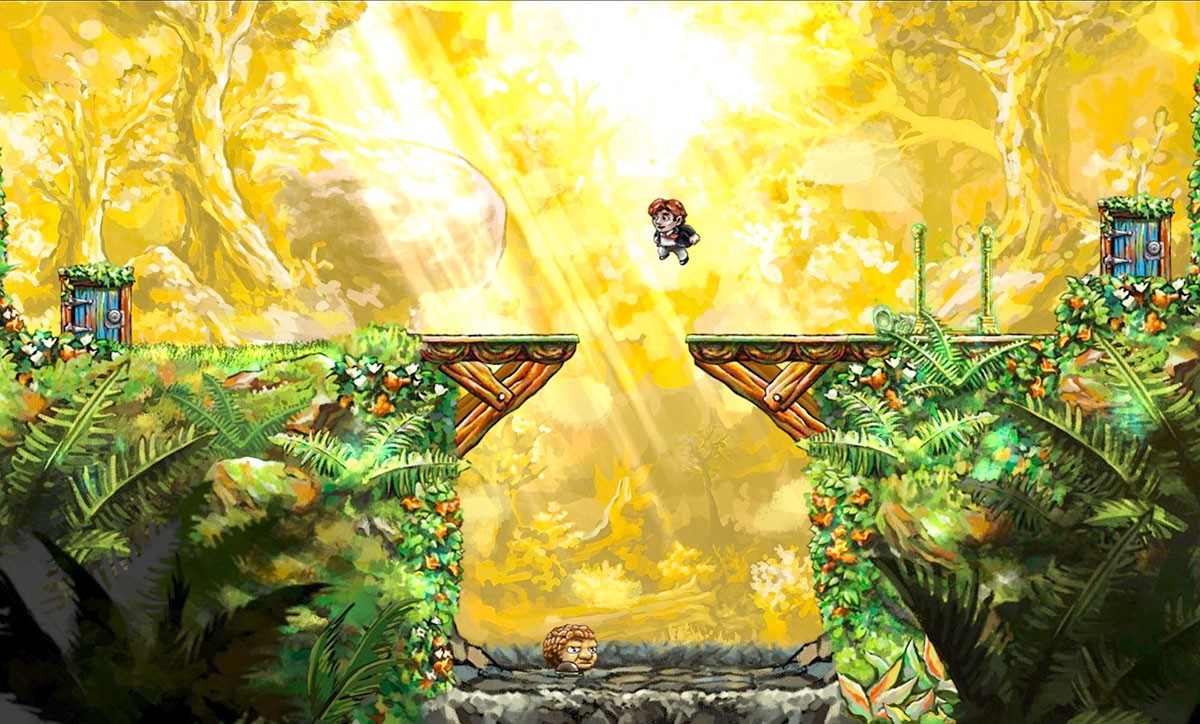Napa Valley Museum curator Meagan Doud rarely encountered video games in her art history classes or her work with Bay Area galleries over the last 10 years. Yet her recent glimpse into the emerging world of independently created video games that break rules opened up a rabbit hole of curiosity.
“As soon as I saw one of these games,” Doud says, “I wanted to keep looking for other ones. I found this whole world that I tripped into that was extremely fascinating to me and changed my perspective on video games.”
Aiming to expose this new perspective to as many other people as she could, Doud curated Napa Valley Museum’s new exhibit, “Down the Rabbit Hole: Innovative Independent Video Games,” by assembling 10 adventurous games from artistically minded developers, and displaying them as fully playable gaming stations.
“They were games that were very different from what I had ever experienced in the classic sense,” Doud says, “a whole genre of games that was very conceptually driven, aesthetically beautiful and engaging with their narrative.”
Steering clear of the typical violent games found in the mass market, Doud reached out to developers with family-accessible games that showed a diverse range of visual and aesthetic styles, gaming mechanics, music and plotlines.
“Down the Rabbit Hole” features games like Braid (pictured), with an animated avatar who uses time manipulation to find puzzle pieces and solve riddles. There are also slower, exploratory games like Hohokum, made by British developer Honeyslug in collaboration with artist Richard Hogg, in which a multicolored serpent explores whimsical landscapes.
Other games in the show are much more narrative-driven and personal, such as Coming Out Simulator and That Dragon, Cancer, both of which tell true-life stories through simple, emotionally resonant, mechanics.
For this exhibit, Napa Valley Museum also teamed with Napa’s New Technology High School, showing work from students interested in game design who competed in various projects, such as 3-D digital modeling and creating in-game music.
The show also features a season of public programs ranging from film nights to hands-on workshops that focus on different ideas associated with video games. In September, a retro game marathon offers nostalgic gamers a night of classic arcade fare. And in October, a miniature city-building workshop for kids echoes the paper-tissue art seen in the video game Lumino City.
“I definitely think that video games can be an art form,” Doud says. “I think there’s also a serious cohort of developers not interested in thinking of games as art. That debate is fascinating, and it’s important for us to present the possibility that games can be art. Whether or not people believe that, I think they’ll find a new appreciation for aesthetics or education values.”











